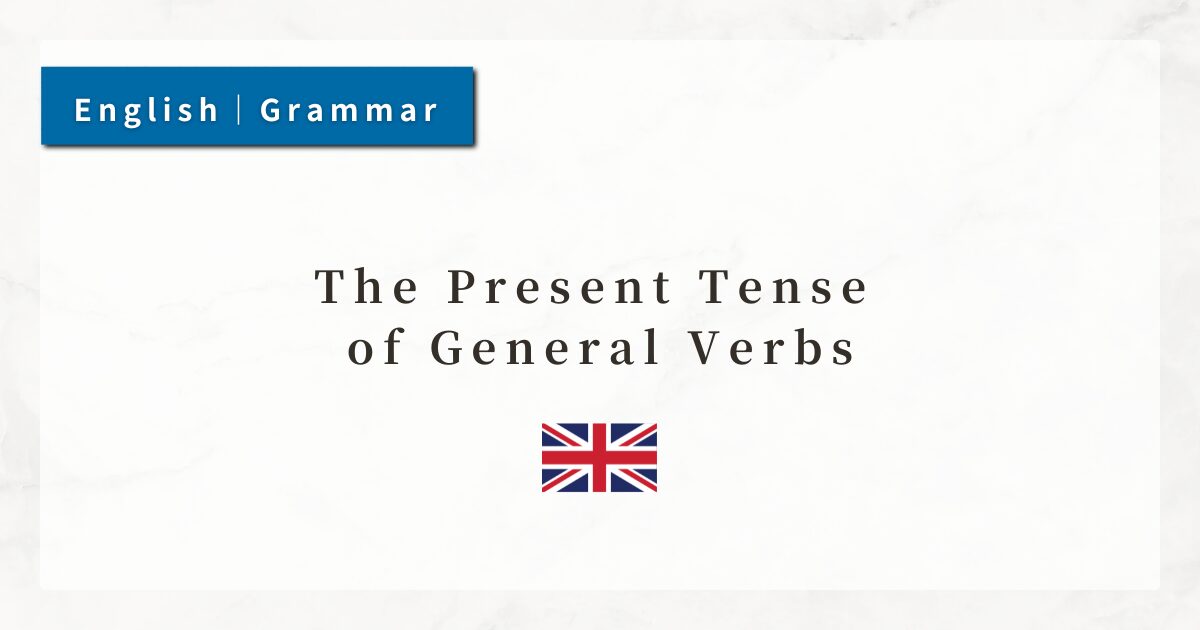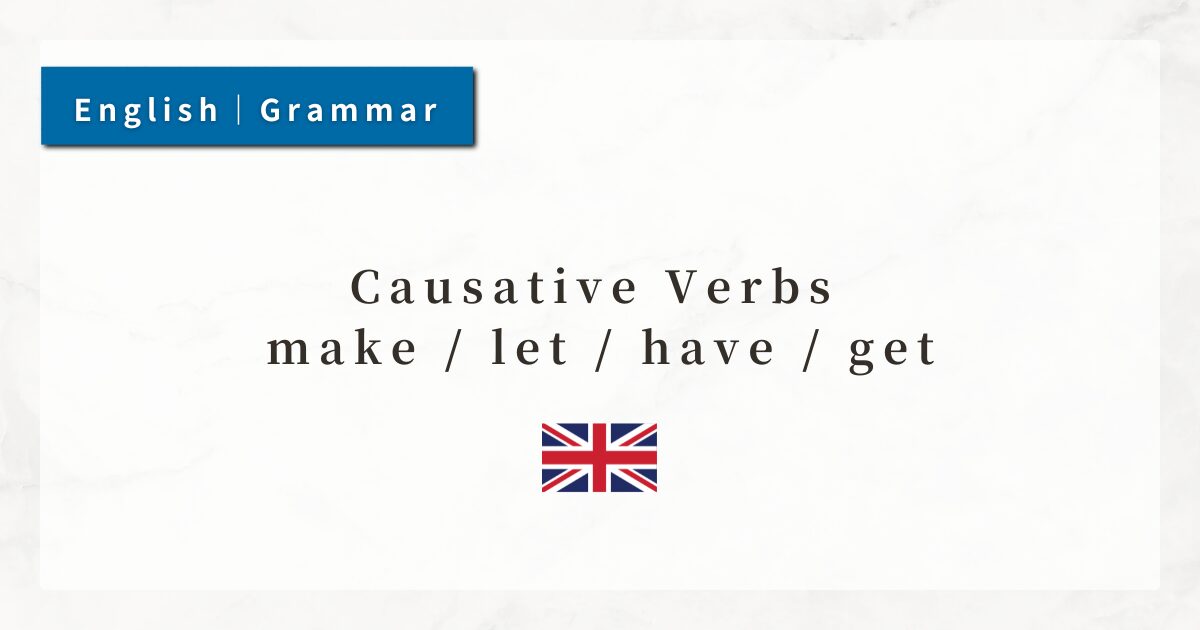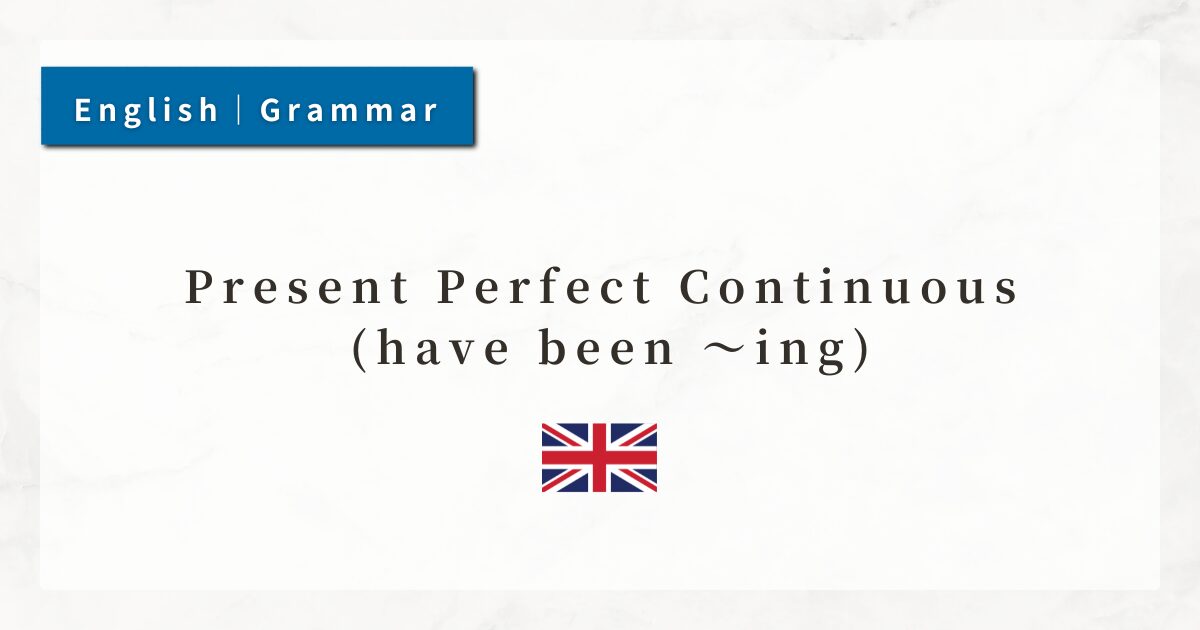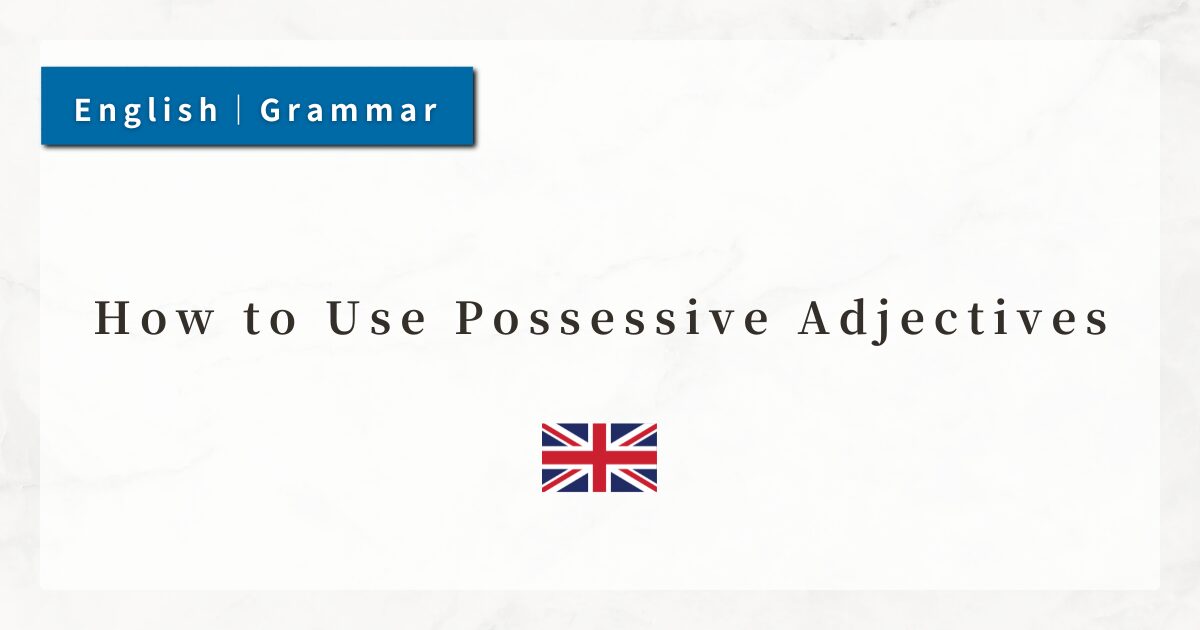#50 Inversion with Adverbs at the Beginning of a Sentence|Basic Rules of Emphatic Expressions
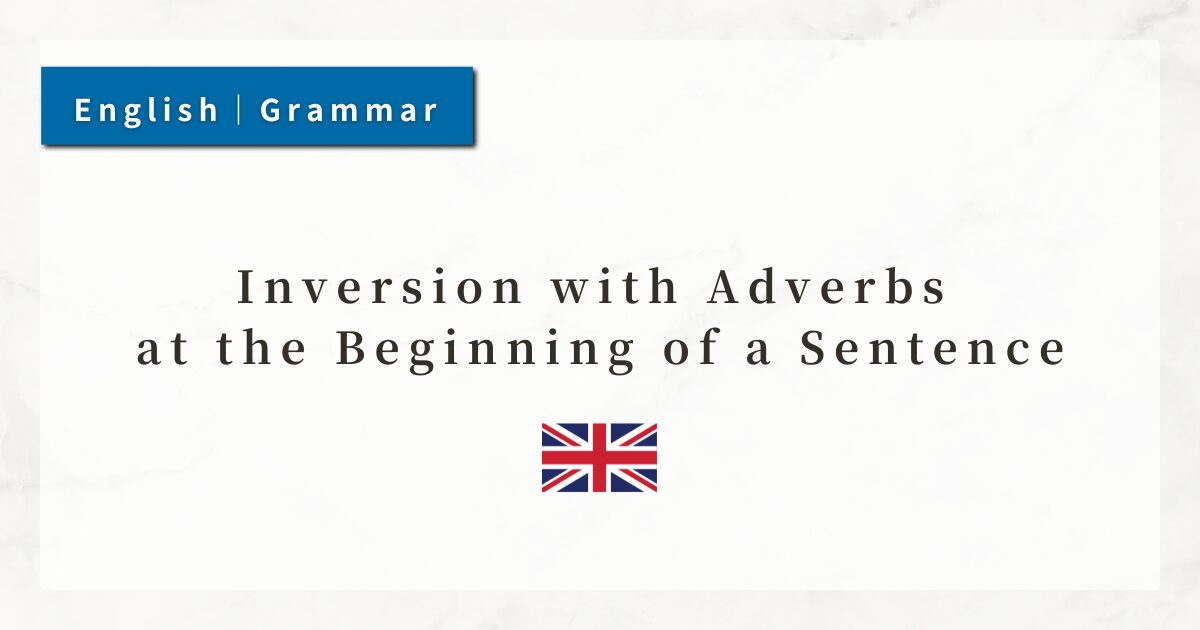
In English, changing the word order of a sentence can highlight a particular part of the sentence and add rhythm or variation to the style. One of the most representative ways to achieve this is through inversion.
In particular, when an adverb or adverbial phrase is placed at the beginning of a sentence, the following clause may take an inverted form.
This usage is more common in writing and formal contexts than in spoken English. However, understanding it will greatly help both reading comprehension and writing.
In this lesson, I will explain how inversion works and introduce the adverbs and adverbial phrases that trigger it.
1. The Basic Mechanism of Inversion
Normally, English sentences follow the order: Subject → Verb → Object / Complement.
- He had never seen such a beautiful view.
However, when an adverb or adverbial phrase is placed at the beginning, the auxiliary verb or be-verb sometimes moves before the subject, creating inversion.
- Never had he seen such a beautiful view.
In inversion, the rule is that auxiliary verbs, the verb be, or the verb have appear before the subject. When the main verb is an ordinary verb, do / does / did is used to support the inversion.
2. Adverbs and Adverbial Phrases That Trigger Inversion
2-1. Negative Adverbs
When adverbs expressing “never,” “rarely,” or “hardly” appear at the beginning of a sentence, inversion occurs.
- Never had he imagined such a thing.
- Rarely do we have the chance to meet celebrities.
- Little did I know about her secret.
Placing negative or restrictive adverbs at the beginning creates strong emphasis throughout the sentence.
2-2. Negative Adverbial Phrases
Longer adverbial phrases can also cause inversion.
- Under no circumstances should you open the box.
- In no way can this result be accepted.
Such expressions emphasize the “absolute impossibility” of something and sound formal and powerful.
2-3. Expressions Beginning with only
Adverbial phrases beginning with only (“only then,” “only later,” “only in this way”) also trigger inversion.
- Only then did I realize my mistake.
- Only in this way can we solve the problem.
The presence of only highlights the sense of restriction: “and in no other case.”
2-4. Emphasis with so / such
Inversion also occurs with emphatic expressions using so or such to mean “so … that ….”
- So quickly did she speak that I couldn’t understand her.
- Such was his disappointment that he left without a word.
In these cases, the key is that “so + adjective/adverb” or “such + noun” comes at the beginning.
3. Why Inversion Is Used
Inversion is not just a grammatical rule but serves specific rhetorical purposes:
- To create emphasis:
Negative or limiting adverbs at the beginning highlight the meaning. - To add formality:
It gives a dignified tone, often seen in speeches, academic writing, and literature. - To vary rhythm:
It avoids monotony in sentences and makes writing more expressive.
4. Summary
- Adverbs or adverbial phrases at the beginning of a sentence can trigger inversion.
- Main patterns include:
1. Negative adverbs (never, rarely, little)
2. Negative adverbial phrases (under no circumstances, in no way)
3. Expressions beginning with only (only then, only later, only in this way)
4. Emphatic expressions with so / such - Inversion is used to add emphasis, formality, and rhythm to a sentence.

